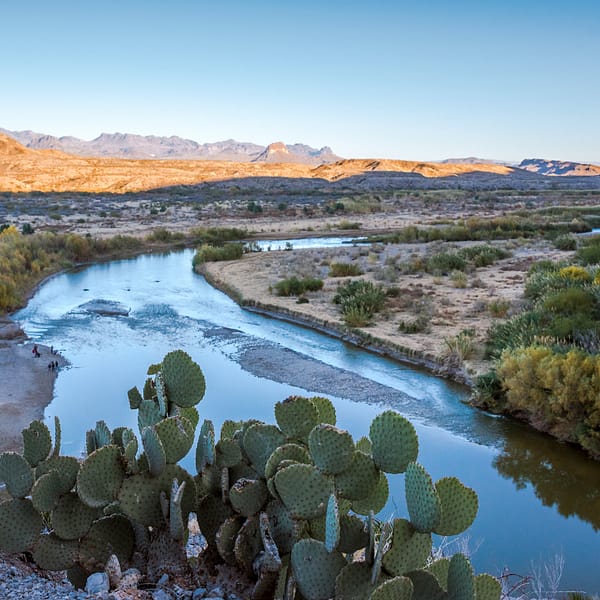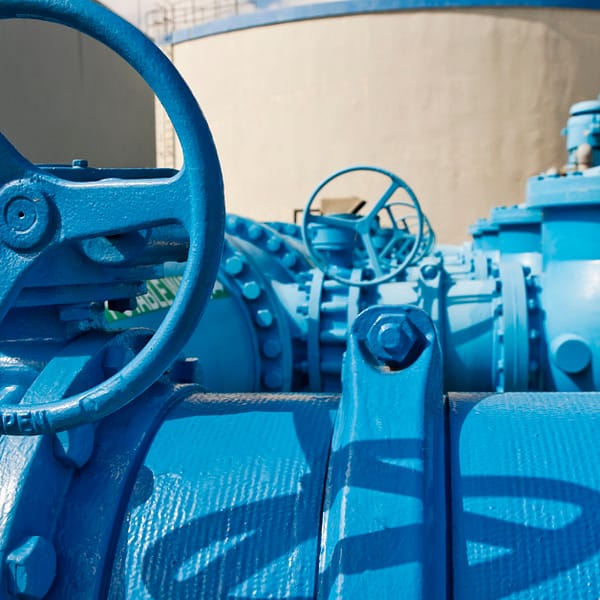A new report from Center for Energy Studies at Rice University’s Baker Institute, commissioned by Texas 2036, explores the effects of multi-year dry spells on the state’s energy production, economy and points to opportunities created by new investment in water infrastructure.
Here are some key figures in the report to consider:
- $2 billion — Current annual cost of revenue lost from utility systems just to leakage.
- $40 billion — The potential annual economic damage to the state’s large, surface-water-dependent water municipalities should a multi-year Drought of Record occur.
- 0.2% — The effective “insurance rate” in water supply investments needed to safeguard the $2.5 trillion Texas economy.



















